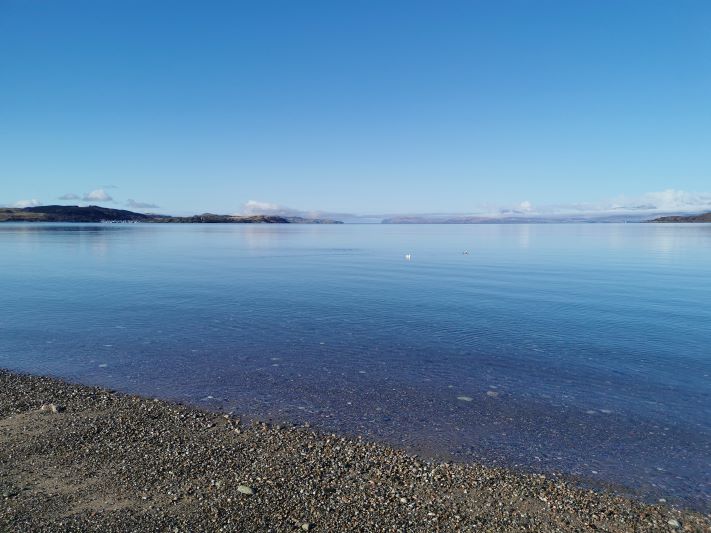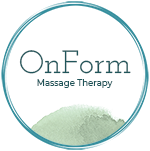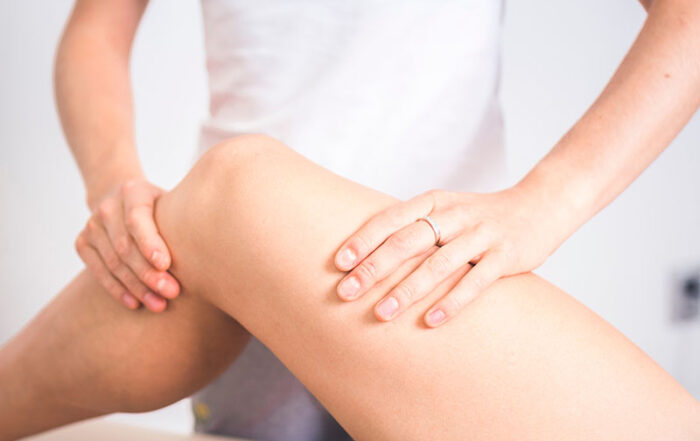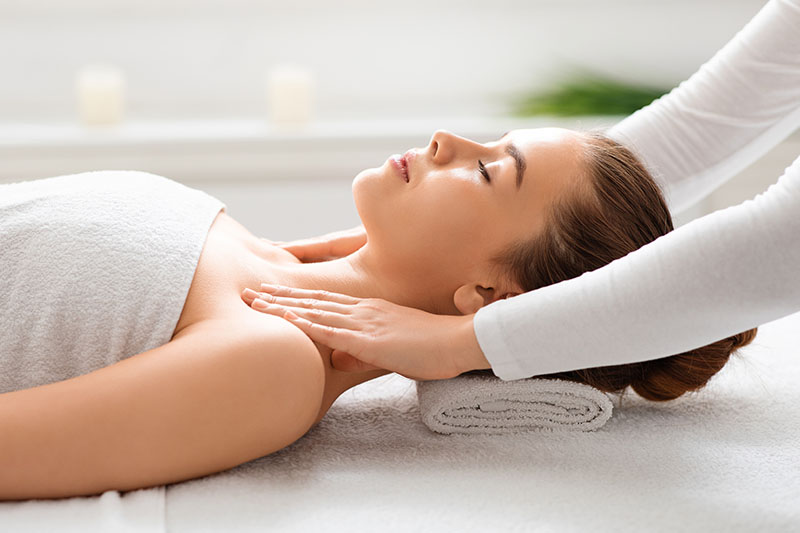
Which Massage Treatment Is Best for You?
The one we choose together, of course!
Something has brought you here—maybe stress, tension, pain, or the need for some well-deserved time out. Whatever the reason, you’re now wondering what type of massage is best for you. Maybe you’re dreaming of a Thai massage on a beach in Thailand (and who wouldn’t?), but most of us want something a bit more local.
I don’t offer Thai massage, hot stone therapy, or aromatherapy—though I do use beautifully scented, natural massage waxes. Instead, I focus on being the best at what I do offer: massage treatments that bring real results—relaxation, pain relief, increased range of movement, and helping you feel more like yourself again.
I’m trained in Swedish, Sports, and Remedial massage, and I’m based in Oban, in the beautiful Highlands of Scotland.
So, What’s the Difference?
Swedish Massage
This is the classic, full-body massage using flowing strokes and rhythmic movements to warm up muscle tissue, ease tension, and reduce knots and adhesions. It’s deeply relaxing and helps improve circulation and general wellbeing.
Remedial Massage
Remedial massage uses similar techniques but with a more focused approach. We work on specific areas of discomfort or dysfunction to find a remedy for your pain or limited movement. It often includes deep tissue work, where I take time to persuade your muscles to relax.
Notice I say “persuade,” not force. I don’t believe in “no pain, no gain.” While some areas may be tender, massage shouldn’t feel like something being done to you—it should feel like something we’re working through together. If your body tenses when I touch a certain spot, that’s a sign we need to adjust the pressure and communicate.
Sports Massage
Sports massage builds on both of the above, with a focus on athletic performance and recovery. You may have a sports injury or simply want to prevent one. Massage can reduce tightness, improve range of motion, and help you maintain your training goals. It can also be used pre- or post-event to support performance and recovery.
Your Next Step
Before your session, take a moment to think about what you’re hoping to achieve. Is it relaxation? Pain relief? More flexibility? Is the need physical, emotional, or both?
Let’s break that down a little:
Relaxation and Stress Reduction
Sometimes, you just need a moment to unwind. A relaxing massage uses longer, soothing strokes to calm your nervous system and let your body shift into “rest and digest” mode—away from the constant “fight or flight” many of us live in.
Many clients I see are on medication for anxiety—not necessarily why they come, but massage can be a quiet support. It helps the body and mind slow down. Clients often tell me they sleep better the night after a massage—so if you struggle with insomnia, this might help.
Pain Relief
If you’ve just had an injury, massage might be the last thing you want! But once the initial 48 hours have passed and swelling has begun to settle, gentle work around the area can help speed healing. Massage improves blood flow, bringing oxygen and nutrients to injured tissues, and helps drain lymphatic fluid to reduce swelling.
For chronic pain—like that shoulder twinge that just won’t go away—massage can bring relief. It may take a few sessions, but if there’s no improvement after 2–3 treatments, I’ll always advise you honestly and refer you elsewhere if needed.
Improved Flexibility
If you’re groaning when you get out of a chair, or feeling stiff after gardening, driving, or too much desk time, your muscles may simply be tight from lack of movement. Massage helps loosen muscle fibres and restore range of motion—but you’ll still need to move more in daily life too. Even short movement breaks can make a big difference.
Mental and Emotional Wellbeing
Massage isn’t just physical. The power of caring, non-judgemental touch has a real effect on your emotional state. Regular massage can reduce symptoms of depression and anxiety, improve sleep and mood, and help you feel more grounded.
Sometimes, that one hour of not having to do anything can be more restorative than you realise.
Let’s Plan Your Massage Together
Whatever brings you through the door, we’ll talk about it. At each appointment, we’ll discuss your concerns, your goals, and what’s changed since the last visit. Through consultation, assessment, and open communication, I’ll tailor each session to meet your needs.
We might focus on one area this time, and another next. The pressure, pace, and techniques I use are always guided by your feedback—and your body’s responses.
You don’t have to know exactly what you need before you come in. We’ll figure it out together.
Final Thoughts
Massage isn’t a luxury—it’s a powerful tool for health and wellbeing. Whether you want to relax, heal, move better, or just breathe out for an hour, there’s a treatment that’s right for you.
And we’ll find it—together.




